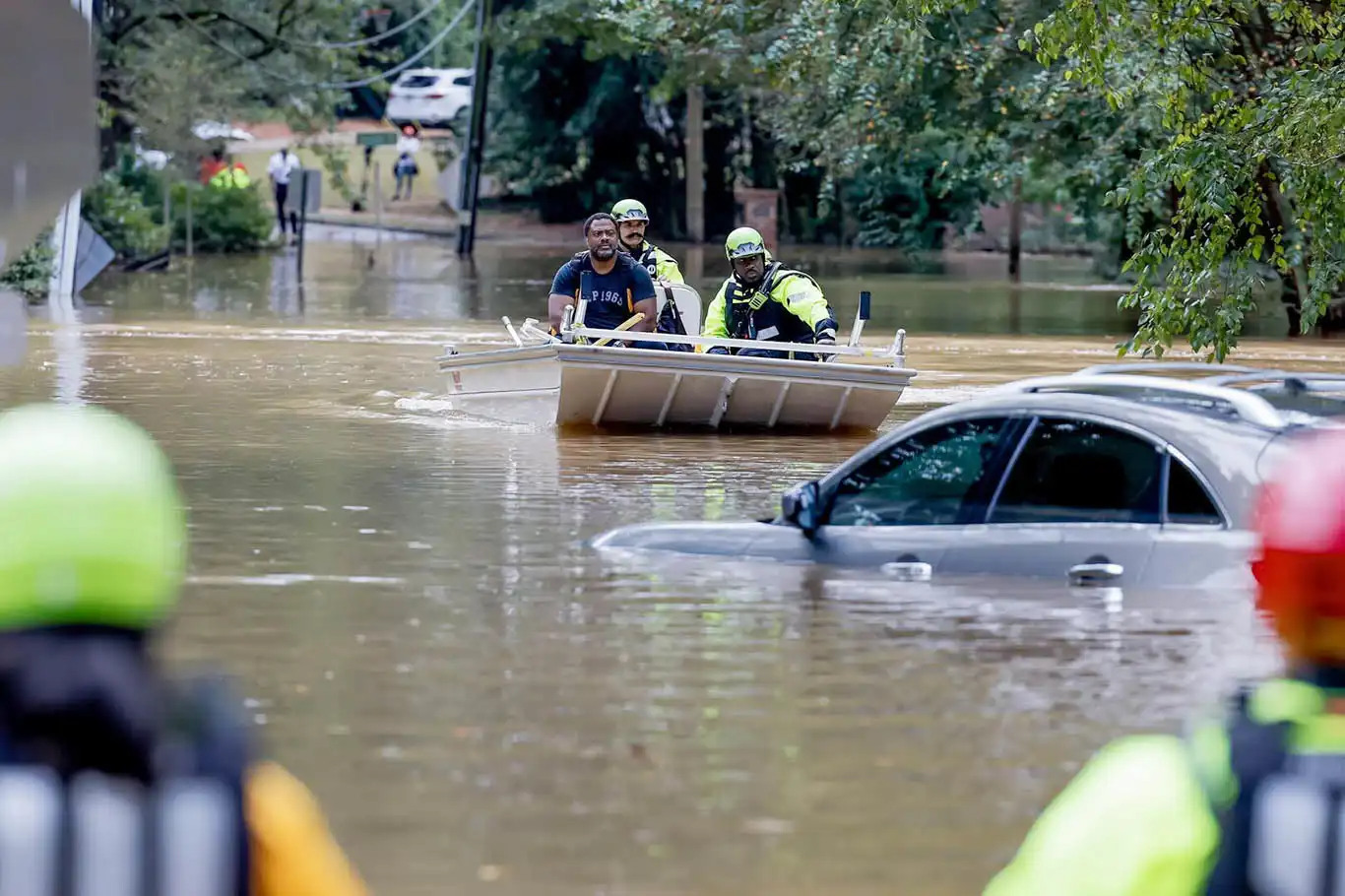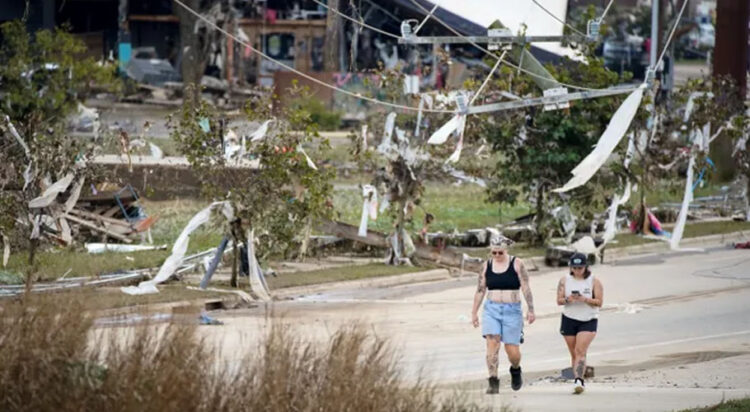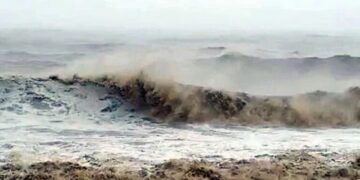![]() Follow Us on Google News
Follow Us on Google News
Helene tore through the Southeast after hitting Florida’s Gulf Coast, becoming the deadliest storm to strike the U.S. mainland in nearly two decades.
After making landfall as a Category 4 hurricane on Sept. 26 and tearing through the Gulf Coast of Florida, Helene plowed north through Georgia. It hit the Blue Ridge Mountains, washing out roads, causing landslides, and knocking out power and cell service for millions of people.

The chaos in the state was part of a path of destruction that Helene carved through the region, including portions of Tennessee, South Carolina, and Virginia. As of Oct. 4, there were more than 225 confirmed deaths from the storm.
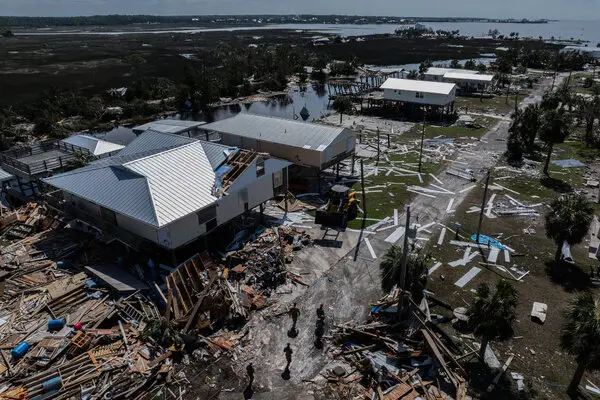
As per the New York Times, officials have said they will not release the names of the victims until their next of kin can be notified. That process has proved difficult in many cases because of the limited availability of power and cell service, particularly in western North Carolina. As a result, few details about the dead have been made public.

The state with the highest toll so far is North Carolina, with at least 116 confirmed dead by state or local officials. Among them were deputies from the Macon and Madison County Sheriff’s Offices who were “tragically killed in raging floodwaters,” according to the North Carolina Sheriffs’ Association.

At least 46 people were killed in South Carolina, including two volunteer firefighters who were responding to calls when a tree fell on their fire truck, an official said.
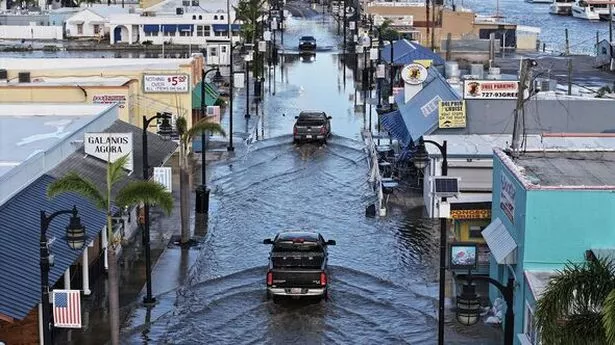
In Florida, officials said that at least 18 people were confirmed dead, most of them in Pinellas County, which includes St. Petersburg, Clearwater, and nearby coastal communities. The county, the most densely populated in the state, was inundated with record-breaking storm surge when the center of Helene made landfall more than 150 miles to the north.
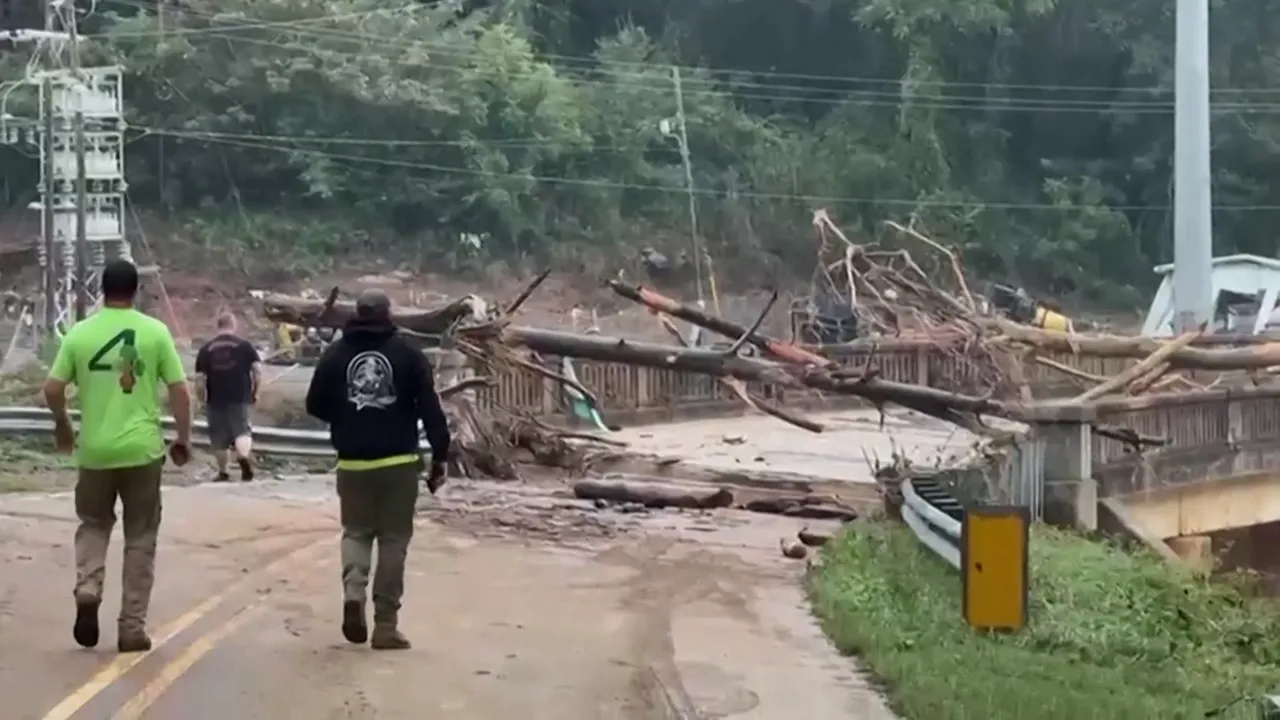
Helene is the deadliest tropical cyclone to strike the mainland United States since 2005, when Hurricane Katrina caused nearly 1,400 deaths on the Gulf Coast, according to statistics from the National Hurricane Center.

Pounding rain, flash floods, and dangerous landslides savaged the area around Asheville in western North Carolina, putting the region in crisis. “It’s like a mini-apocalypse,” said Gretchen Hogan, a resident of Brevard, N.C.

There were hundreds of road closures in the region, including blockages of two main highways, Interstate 40 and Interstate 26. Officials told residents to consider all roads in western North Carolina closed, with only emergency rescue vehicles allowed to travel.
